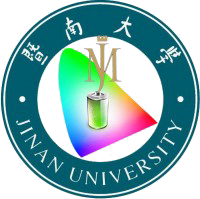Importance of Bi-O Bonds at the Cs2AgBiBr6 Double-Perovskite/Substrate Interface for Crystal Quality and Photoelectric Performance
2020
期刊
ACS APPLIED MATERIALS & INTERFACES
作者
Genghua Yan
· Bangqi Jiang
· Ye Yuan
· Min Kuang
· Xiaoyan Liu
· Zhaohui Zeng
· Chuanxi Zhao
· Wenjie Mai
下载全文
- 卷 12
- 期 5
- 页码 6064-6073
- DOI: 10.1021/acsami.9b20640
